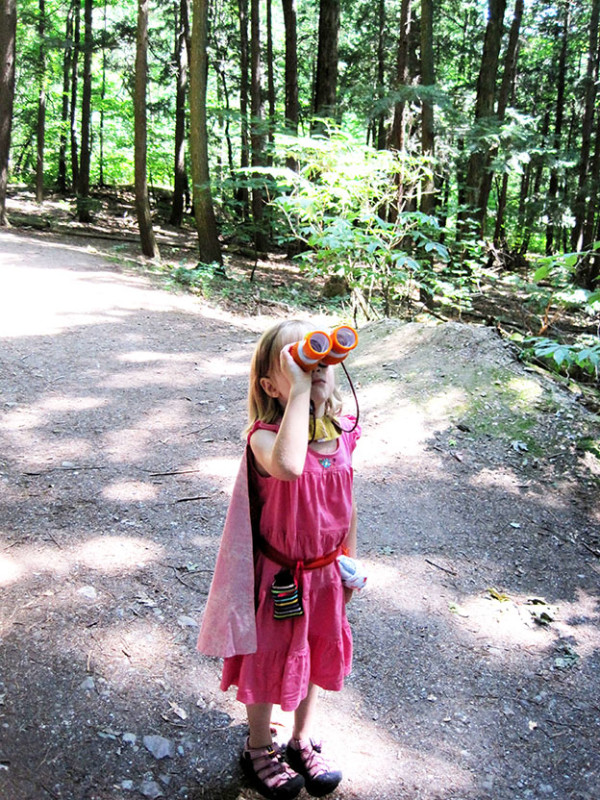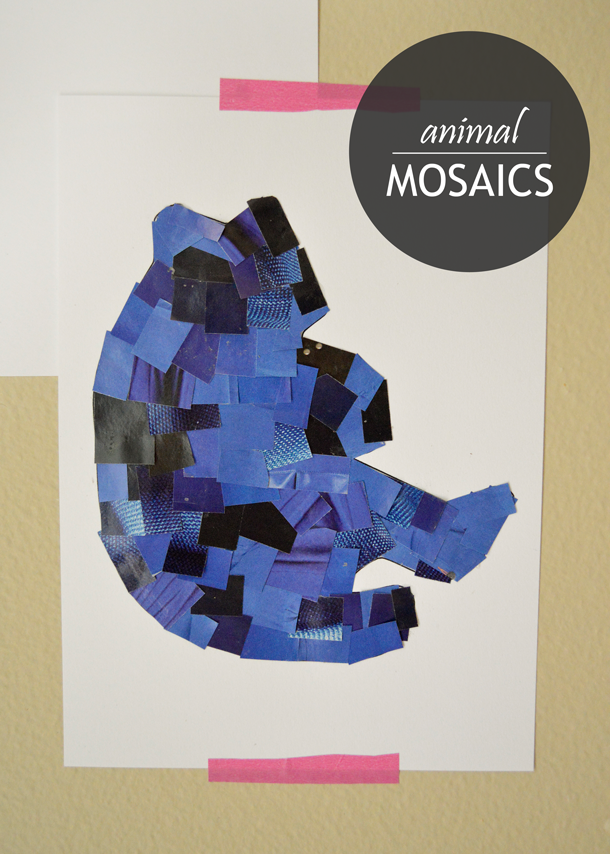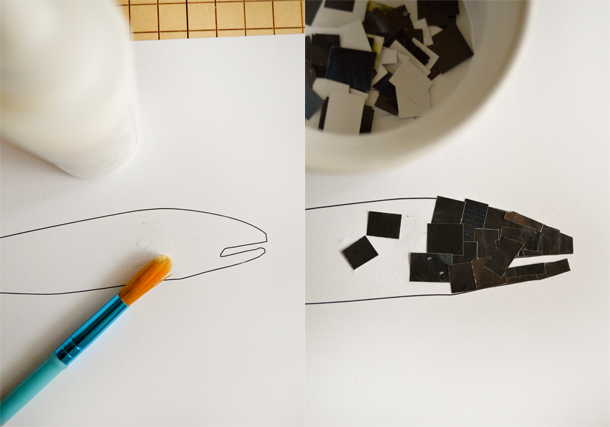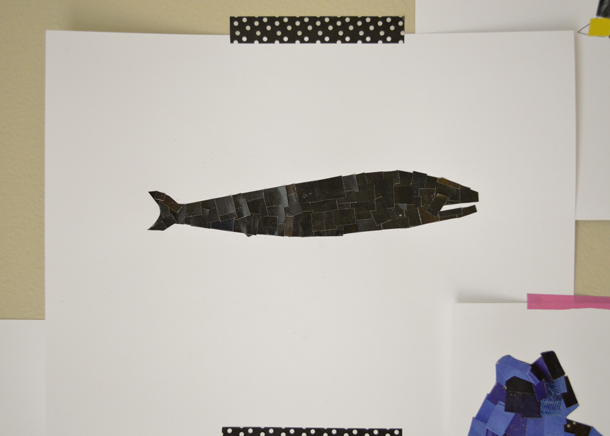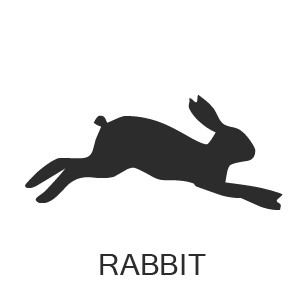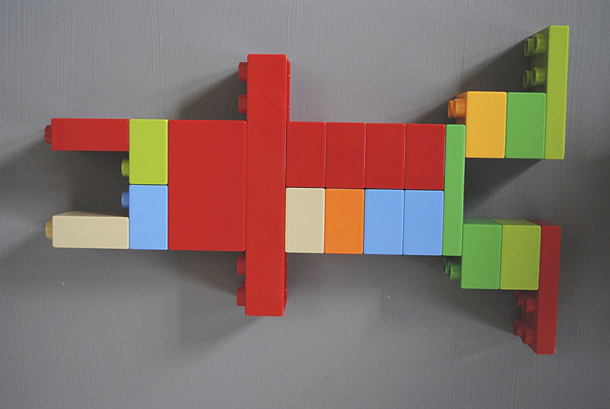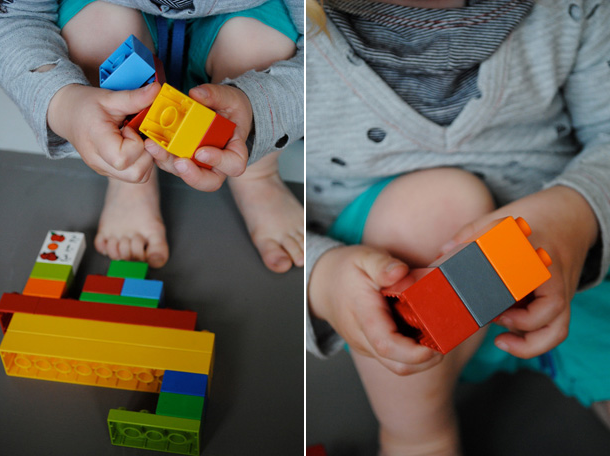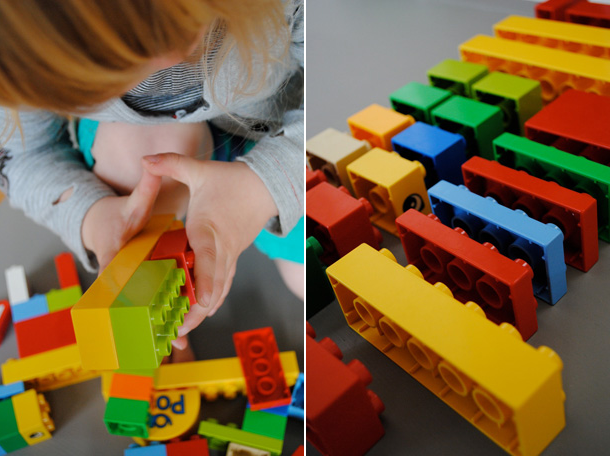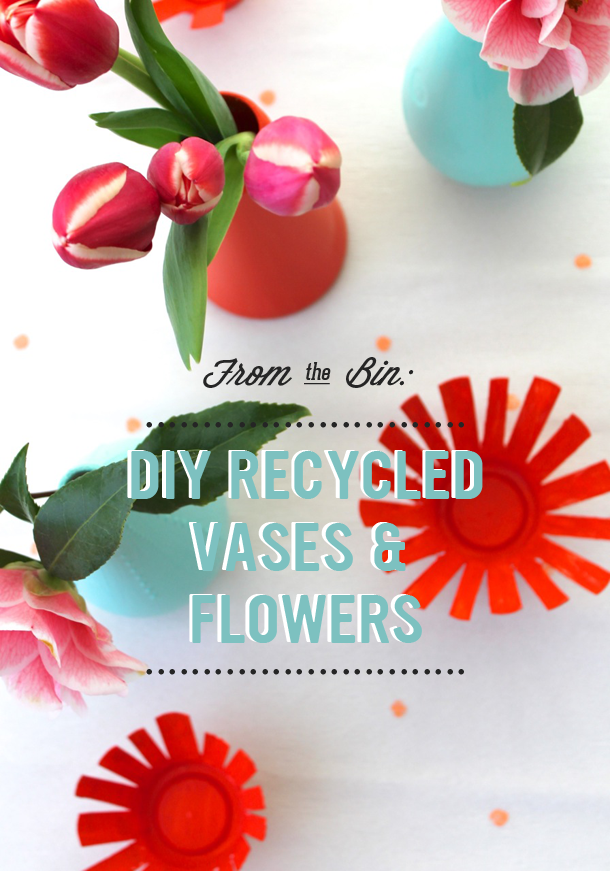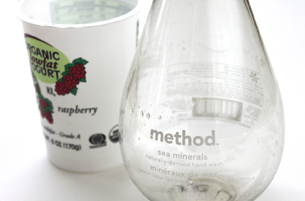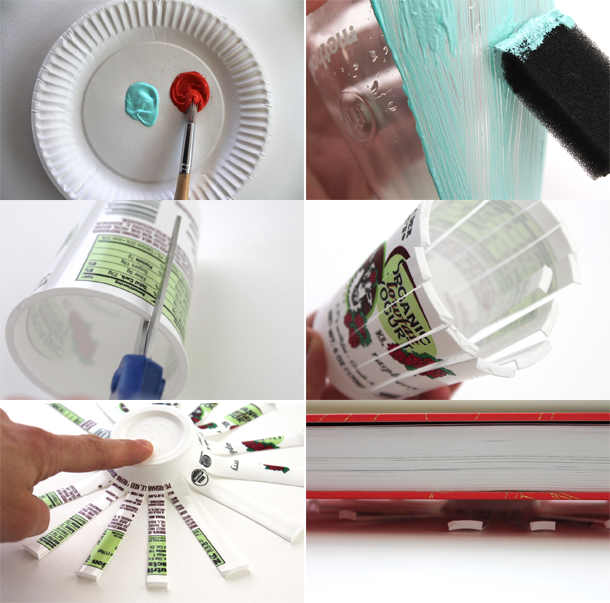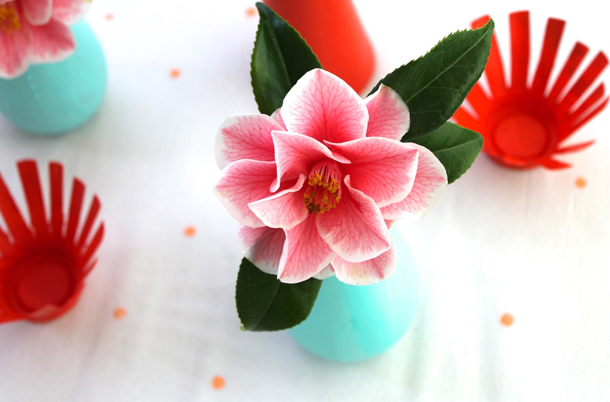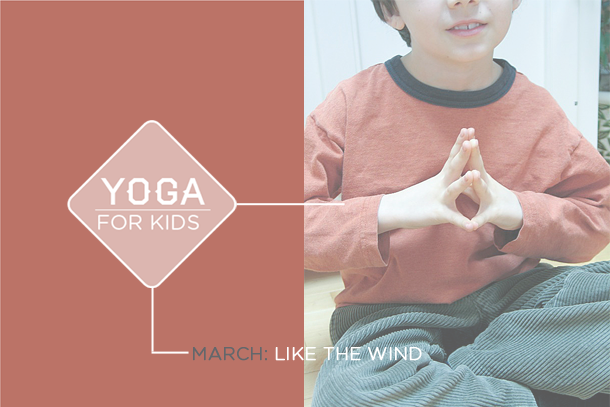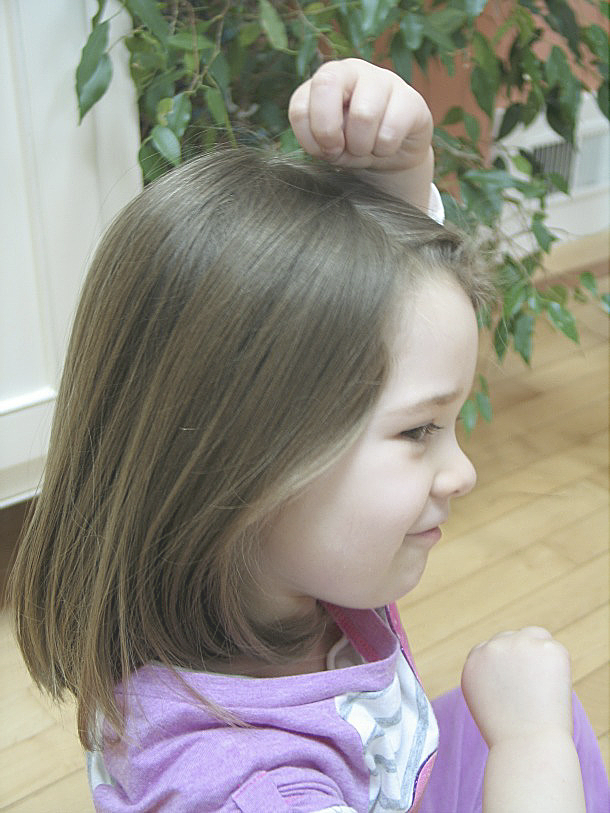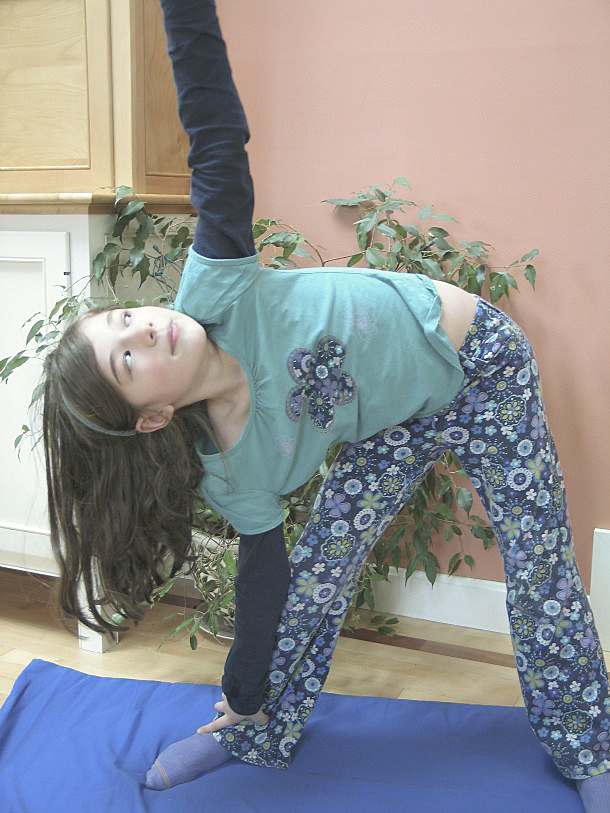
Kate from An Everyday Story is here to share the first in a series of posts about introducing authentic art materials to toddlers. Today she is exploring clay as a medium and I am sure that by the time you are finished reading you will want to get your hands “dirty” right along with the young artists in your life.
What’s so special about clay? Why not just use play dough? They serve similar purposes, don’t they? Sensory exploration, sculpting, working fine-motor skills, developing hand and wrist muscles; play dough can do all that. And, play dough doesn’t get all over your hands…and everything else.
Clay is natural, it comes from the earth. It is cool to the touch and soft on our skin. It has a deep earthy smell which invites you in. Clay can be sculpted far more intricately than play dough. Just by covering it over, clay can be returned to day-after-day, added to, sculpted, encouraging sustained inquiry and creativity.
Clay is strong, it can be sculpted higher and higher, on a much larger scale, encouraging problem-solving and critical thinking as your child tries to negotiate how to build a roof, or determine why their bridge keeps collapsing.

But clay isn’t just for children to sculpt into visual representations (an elephant or a rocket…) The relationship with clay can start much younger. What does clay feel like? How can you manipulate it? What happens when you poke it, squeeze it? What happens when you add a little water? What sound does it make between your fingers? Is it cool to the touch? What does it smell like? It starts with the senses.
The wider the range of possibilities we offer children, the more intense will be their motivations and the richer their experiences.
~ Loris Malaguzzi, founder Reggio Emilia Approach
So grab yourself some clay. I bought ours from a local Potters’ Society (much cheaper than an art supply store). For my daughter Sarah (23 months) her first experience with clay was purely sensory. Have a bucket of water and a towel ready for clean up and then let your little one explore. No tools, no creating figures, just explore.
During the exploration you can encourage your toddler to…
- Poke the clay
- Lift the clay
- Feel its weight
- Scrape the clay with their fingers
- Pinch it
- Press their whole hand into it
- Watch it change shape

After a few initial explorations, why not introduce a few simple provocations such as…
- Putting a mirror underneath
- Presenting the clay differently (maybe a flat slab or several small balls) to see how this influences their interaction with the clay.
- Adding a little water. How does water change things?

It will probably be another year or more before Sarah starts to create visual representations with the clay. That doesn’t mean it’s not worthwhile her using clay; quite the contrary I think. Through exploring clay freely with her senses she is developing ideas and discovering possibilities as she shapes the clay in her hands, stacks pieces on top of each other, squeezes it through her fingers and rolls it with her palm.
Each one of these important steps is building towards a gradual mastery of skills as she learns how to form clay, roll coils and balls and eventually, joining pieces together to create a model or a sculpture.
Toddlers enjoy using authentic art mediums and clay is a wonderfully sensory medium to explore.
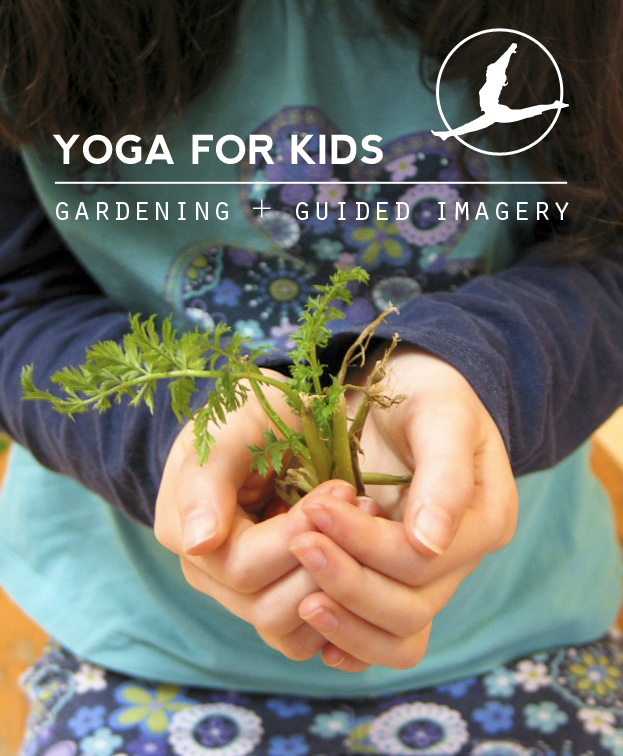
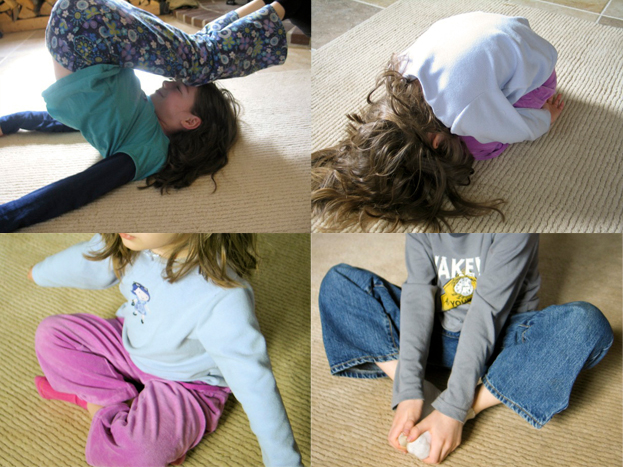
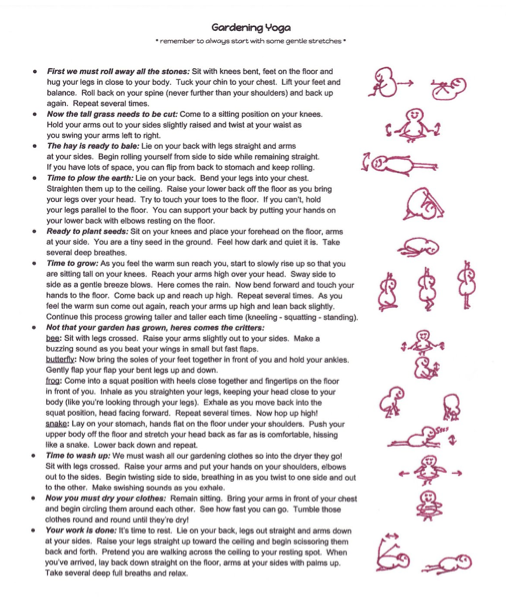

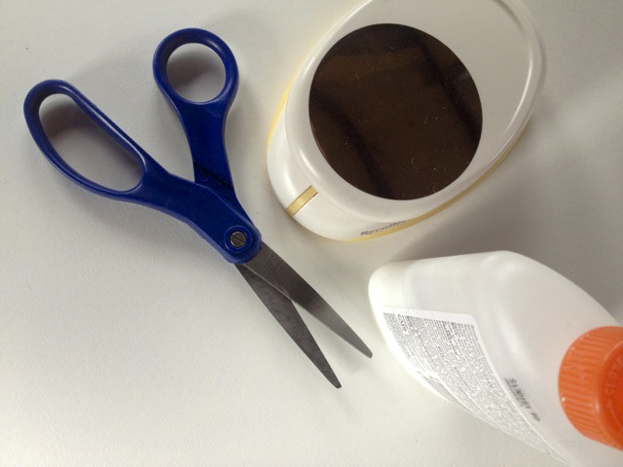
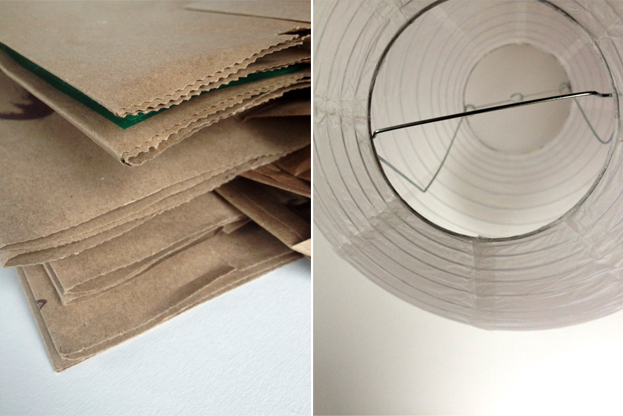
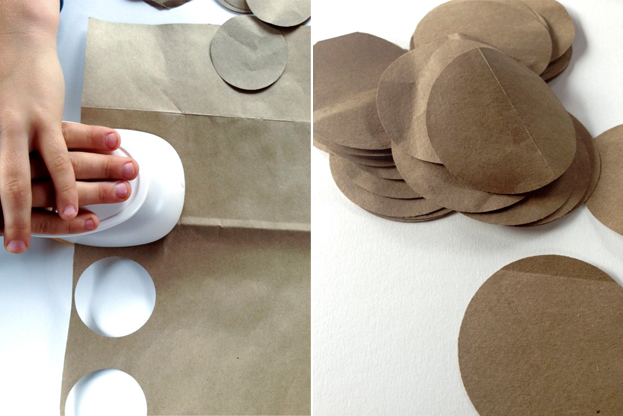

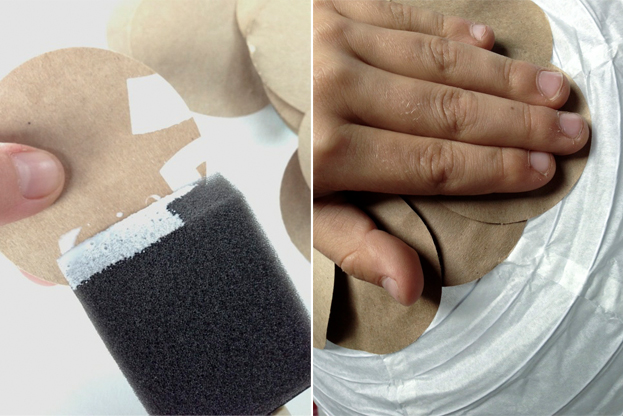
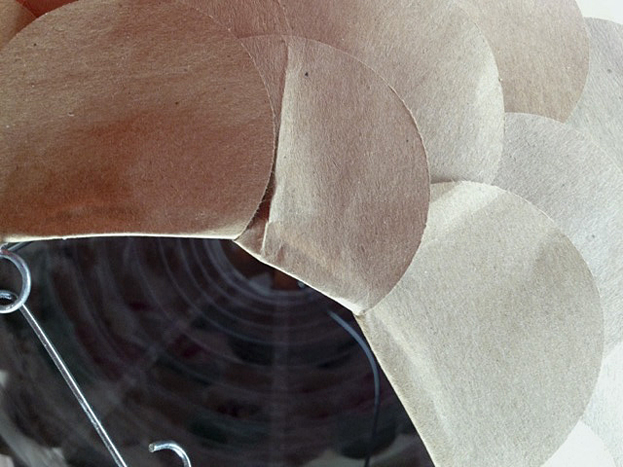





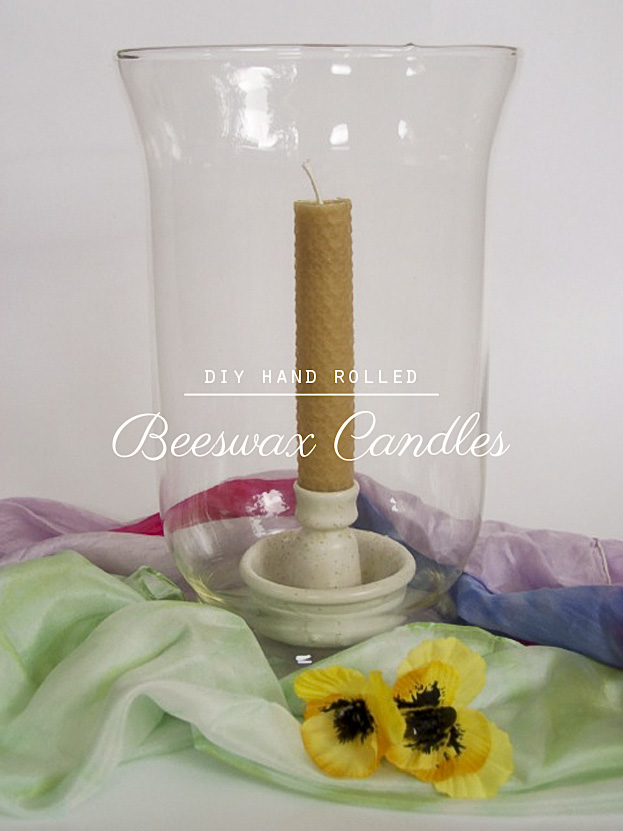

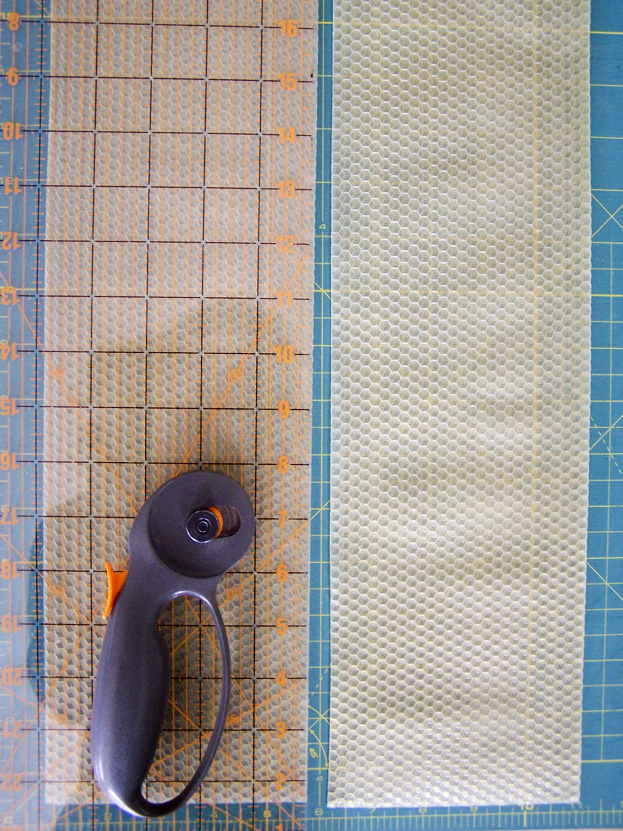


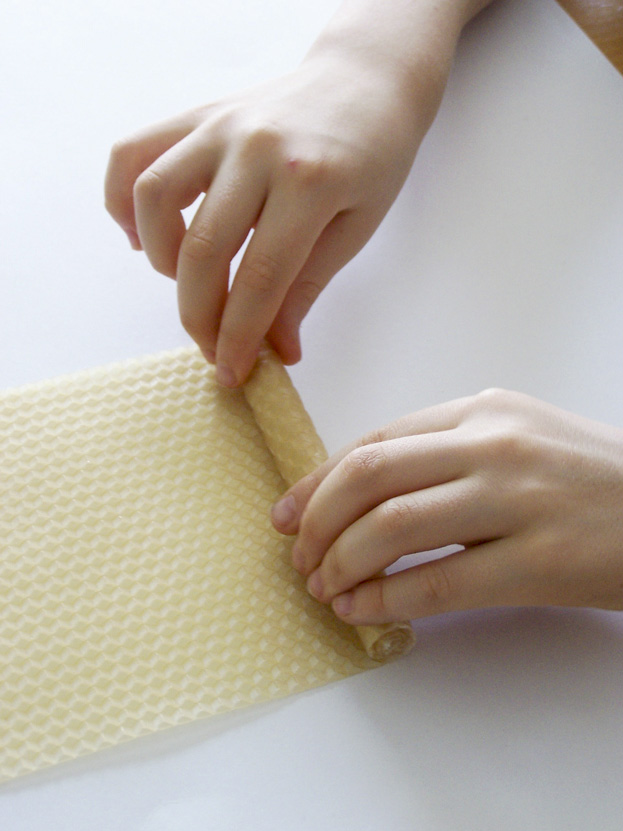

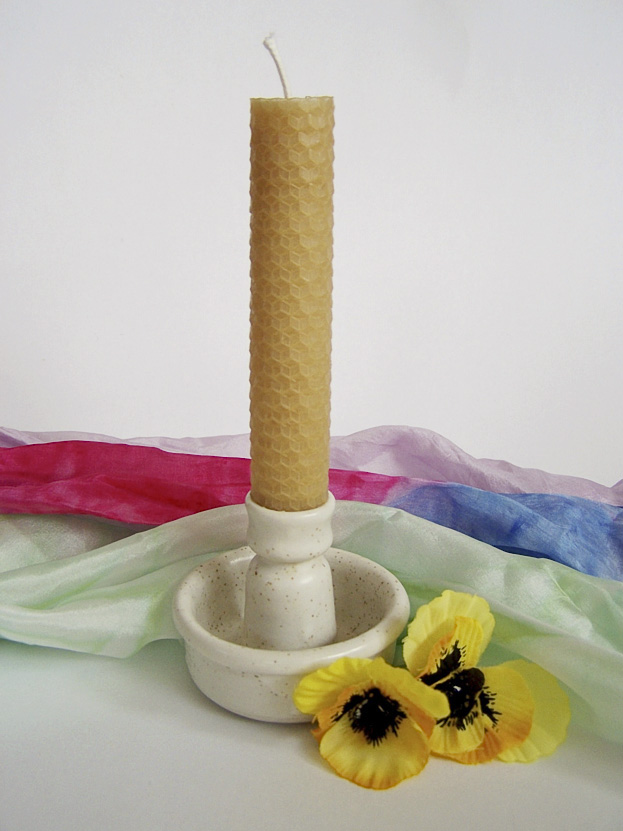


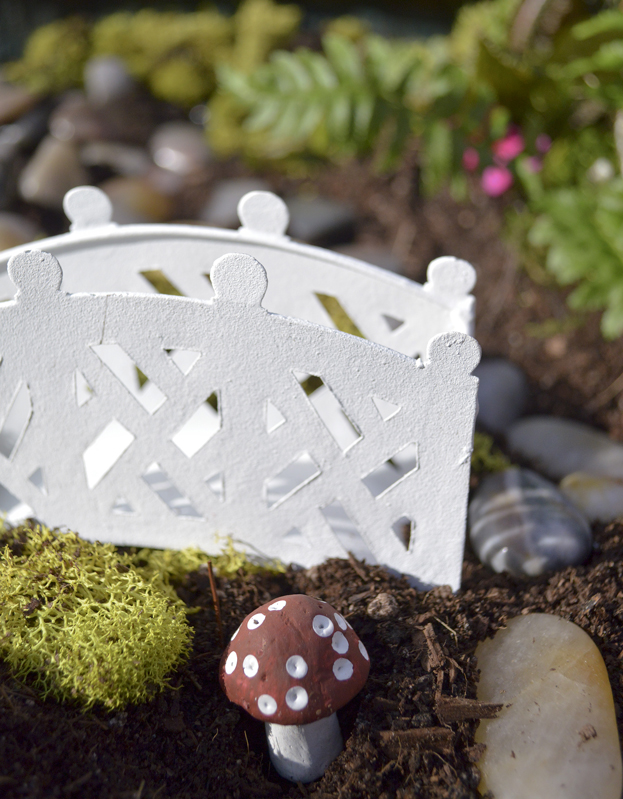

 We have been dedicated bird watchers this winter! Needless to say I was thrilled to hear that Annie, from
We have been dedicated bird watchers this winter! Needless to say I was thrilled to hear that Annie, from 